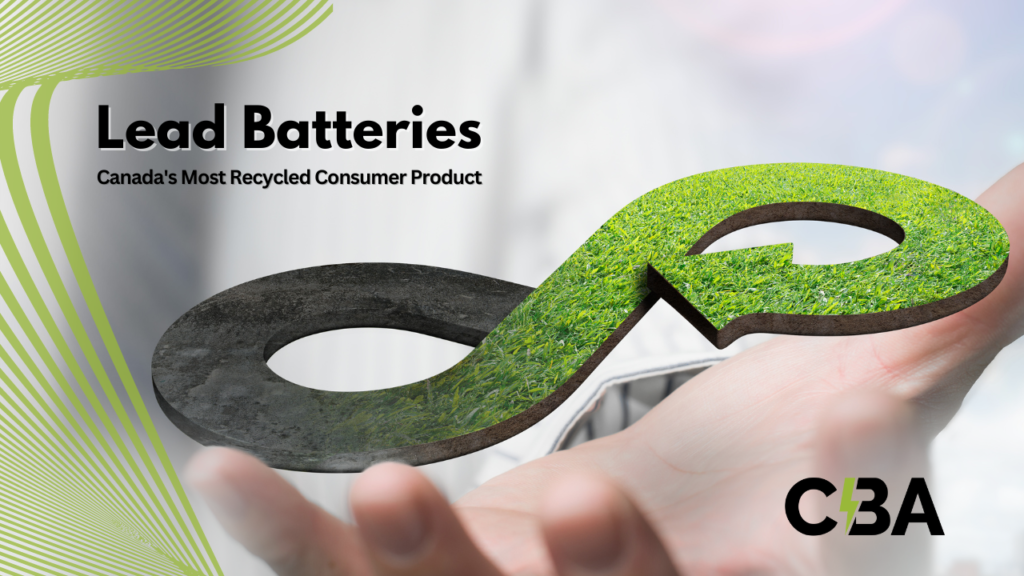Established Circular Model
A circular economy promotes sustainable material management throughout the life cycle of the product and relies on a make-use-recycle-remanufacture (or closed-loop) pattern. In the circular economy for lead batteries, the value of product and its materials is maintained for as long as possible, and waste and resource use are minimized. When a lead battery has reached its end of life (EOL), its materials are kept within the economy, to be used again and again to create further value.
Designed for Recycling and efficiency
During the recycling process, the battery is broken down into its primary components: lead, plastic and acid, which are separated for reuse. The lead from spent batteries is melted, refined and poured into molds to create ingots (lead bricks) used to build new batteries. The plastic cover and case of the spent lead battery are crushed, cleaned, melted and formed into pellets to make new battery covers and cases. Spent acid is either recycled and reused in batteries, neutralized into water or converted into sodium sulfate, an odorless powder used in laundry detergents, textiles and glass.
Conserves Resources and Creates New Value
After the recycling process is complete, materials are ready for reuse. On average, a new lead battery is comprised of over 80% recycled material and the lead from these batteries can be infinitely recycled with no loss of performance. That, coupled with a recycling rate of nearly 100%, greatly reduces the use of virgin materials. This is a key goal of the circular economy, which reduces energy and greenhouse gas emissions.


Reliable Domestic Supply Chain
A steady supply of recycled lead battery components allows lead battery manufacturers to use safe, sustainable practices to make new batteries. A nation-wide infrastructure, high recycling awareness and the economic value inherent in lead battery components ensures consumers an industries return spent lead batteries to the collection system which in turn supplies manufacturers with a reliable stream of materials for reuse.

